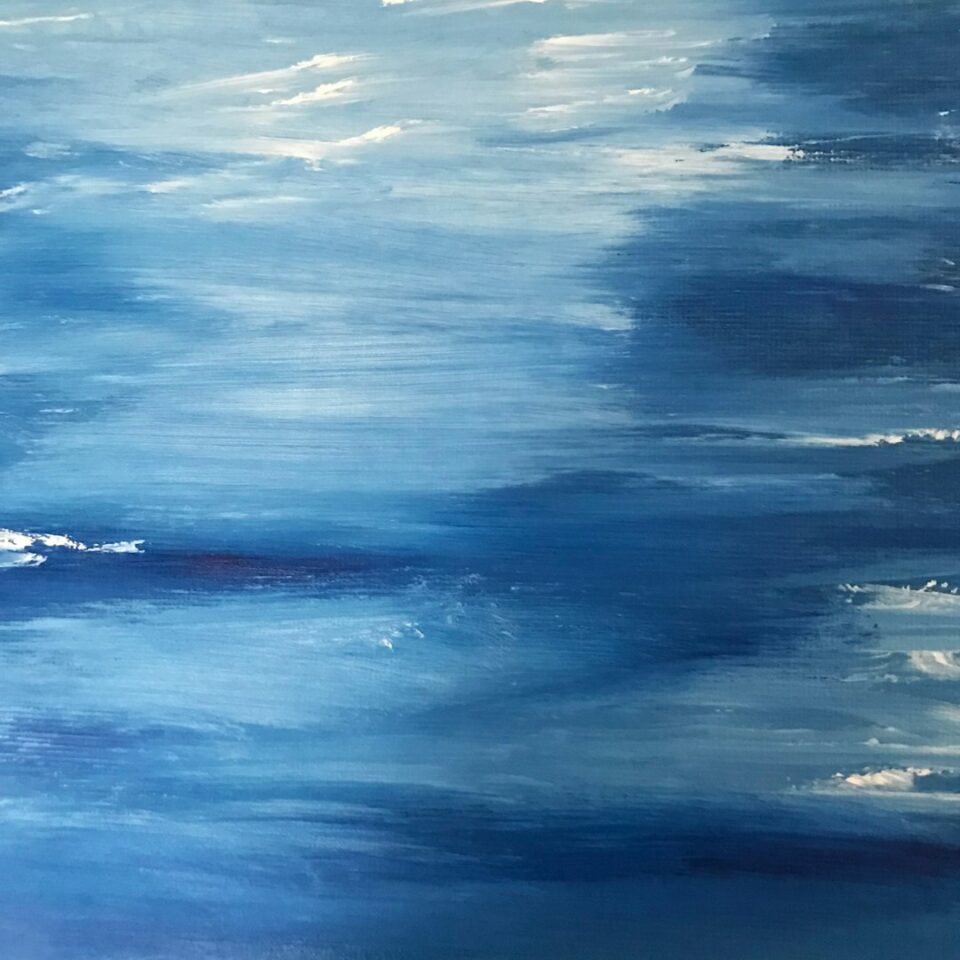The art of Indigenous peoples holds a rich history that is deeply rooted in their culture and heritage. For centuries, Indigenous communities around the world have used art as a means of expressing their unique perspectives, beliefs, and traditions. From intricate beadwork and vibrant paintings to powerful storytelling through dance and music, Indigenous art is a powerful medium through which their culture is preserved and shared with future generations.
One of the most important aspects of Indigenous art is its ability to reflect the deep connection that Indigenous peoples have with the natural world. Many Indigenous artists draw inspiration from the landscapes, animals, and plants that surround them, incorporating symbols and motifs that hold spiritual significance in their artwork. Through their art, Indigenous peoples not only celebrate the beauty of the natural world but also express their deep respect and reverence for it.
For Indigenous peoples, art is not just a form of creative expression but also a means of passing down cultural knowledge and traditions from one generation to the next. Many Indigenous communities have a strong oral tradition, and much of their history and teachings are preserved through storytelling, song, and dance. Artwork serves as a visual representation of these stories and teachings, allowing them to be passed down and shared with future generations.
In addition to preserving cultural knowledge, Indigenous art also serves as a powerful tool for advocacy and activism. Many Indigenous artists use their work to raise awareness about social and environmental issues that impact their communities, such as land rights, climate change, and the protection of sacred sites. Through their art, Indigenous artists are able to amplify their voices and bring attention to important issues that affect their communities.
Indigenous art is incredibly diverse, reflecting the unique cultural traditions and practices of each Indigenous community. From the intricate beadwork of the Maasai people in East Africa to the bold geometric patterns of Navajo rug weavers in the United States, each piece of Indigenous art tells a story and offers a glimpse into the rich history and heritage of its creators.
In recent years, there has been a growing recognition and appreciation for Indigenous art on a global scale. Museums and galleries around the world are increasingly showcasing the work of Indigenous artists, and Indigenous art fairs and festivals are gaining popularity as platforms for Indigenous artists to share their work with a wider audience. This increased visibility and recognition of Indigenous art has not only helped to preserve and promote Indigenous culture but has also provided economic opportunities for Indigenous artists and communities.
Despite this growing recognition, Indigenous art still faces many challenges, including cultural appropriation and the exploitation of Indigenous artists and their work. In recent years, there have been numerous instances of non-Indigenous artists appropriating Indigenous designs and motifs without proper acknowledgment or compensation, leading to cultural misappropriation and harm to Indigenous communities. It is crucial for non-Indigenous individuals and organizations to support Indigenous artists in a respectful and ethical manner, recognizing and valuing the cultural heritage and knowledge that is woven into their artwork.
Ultimately, exploring the art of Indigenous peoples is not just a means of appreciating their creativity and talent but also a way of honoring and preserving their cultural heritage. Indigenous art is a powerful expression of Indigenous identity, spirituality, and resilience, and through supporting and uplifting Indigenous artists, we can help ensure that their rich cultural traditions and practices continue to thrive for generations to come.
As we continue to explore and appreciate the art of Indigenous peoples, let us remember the importance of recognizing and respecting the cultural contributions and knowledge of Indigenous communities. By supporting Indigenous artists and amplifying their voices, we can help to preserve and celebrate the diverse and vibrant cultures of Indigenous peoples around the world. Through creativity and art, we can bridge cultural divides, foster understanding and empathy, and work towards a more inclusive and equitable society for all.

